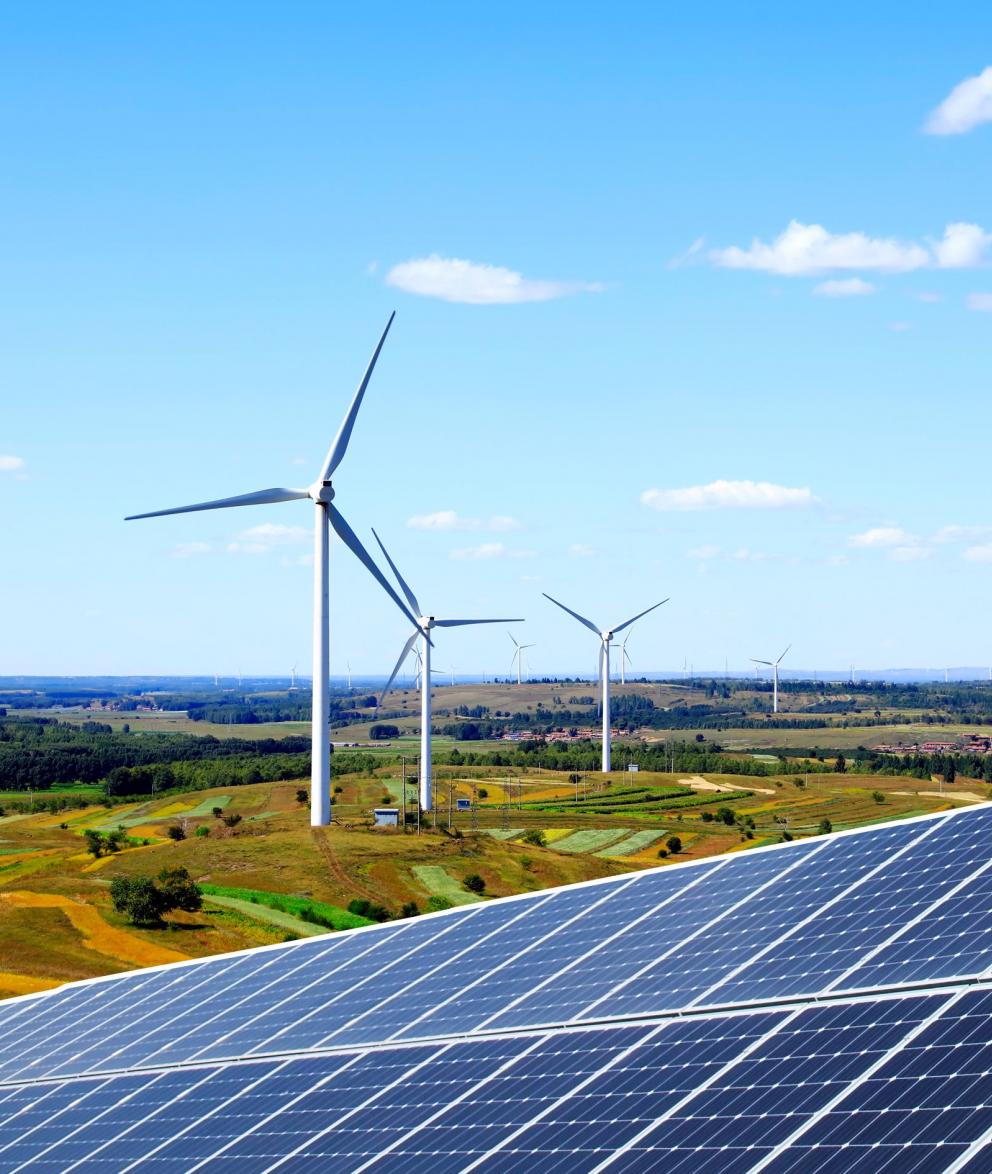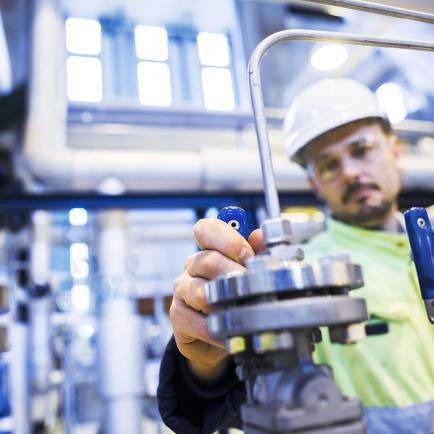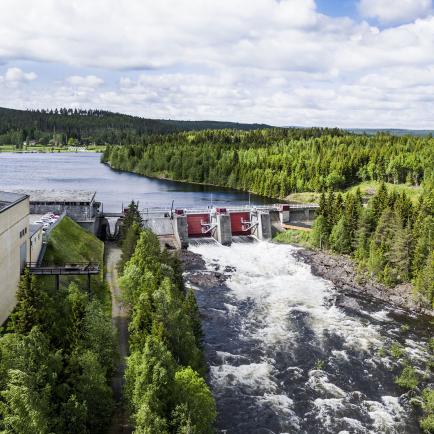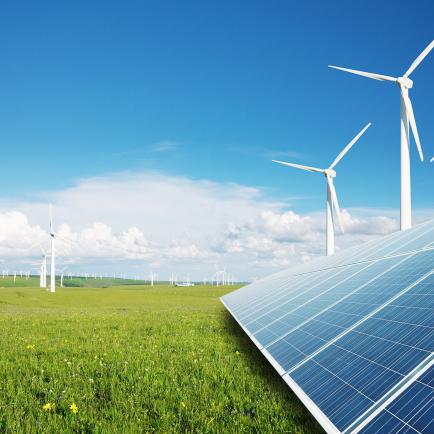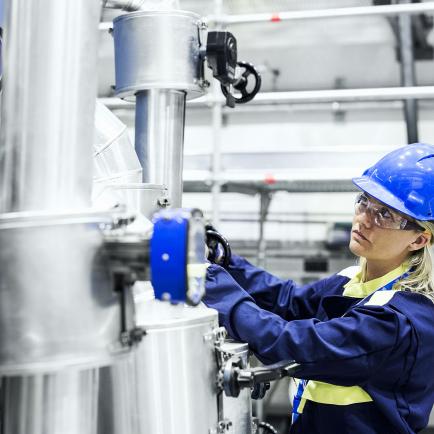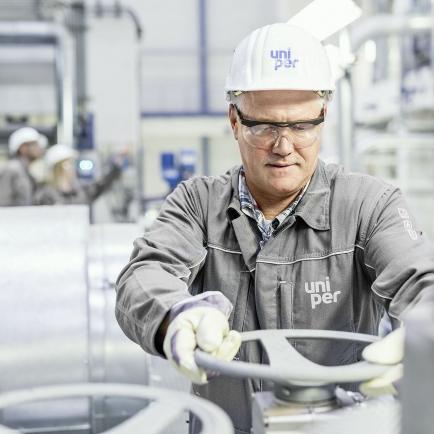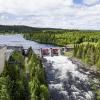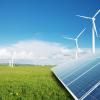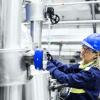The energy supply in Germany is being fundamentally restructured. The aim is to achieve independence from fossil fuels through the expansion of renewable energy. Germany aims to be climate-neutral by 2045, with at least 80% of electricity consumption to be covered by renewable energy sources by 2030 and almost all electricity to come from renewable energy by 2035. The focus is on wind and solar energy. Their expansion is in full swing: electricity generation from renewable energy increased by 8.1% in Q3 2023 compared to Q3 2022, reaching a share of 60.2% of the total electricity generated.
Wind energy
Onshore wind power refers to the generation of energy from wind on land and is classified as renewable energy. As one of the most cost-effective renewable energy sectors, onshore wind energy is becoming increasingly important for the expansion of renewable energy sources. Wind supply and energy demand are highest in winter, making wind energy the most important pillar for a climate-neutral electricity supply. It complements photovoltaics (PV) perfectly, which compensates for the weaker wind in the summer months. Alongside photovoltaics, onshore wind energy was the main driver of renewable electricity production in 2023. With almost 30,000 wind turbines and an installed capacity of almost 60,000 megawatts, Germany is one of the pioneers of onshore wind power in Europe.
Already there? No. The EEG 2023 stipulates the targeted expansion path for onshore wind energy. In 2024, for example, 69 GW of installed capacity is to be achieved. (source: Gesetz für den Ausbau erneuerbarer Energien § 4 Ausbaupfad,1a). This means that an increase of around 16% in the total stock is required to achieve this target.
Solar energy
Photovoltaic systems convert the energy of solar radiation into electricity. Today, new solar systems are among the cheapest renewable energy technologies and have considerable growth potential. Intelligent concepts and innovations prevent competition for land. Biodiversity solar parks, which create new habitats for flora and fauna, are also being considered, as is agri-PV in agriculture.
For these reasons, photovoltaic systems are one of the most important power generation sources of the future. The statutory expansion target is therefore ambitious and means that even greater importance must be attached to expansion. In order to achieve the target of 80% electricity from renewable energy by 2030, the EEG stipulates an installed photovoltaic capacity of 215 GW in 2030. To achieve this, the annual expansion of photovoltaics must be tripled from 7 GW in 2022 to 22 GW. The expansion is to be equally focused on building and ground-mounted systems.
Uniper's course towards green
Uniper is committed to the energy transition and has set itself the goal of turning 80% of its 15 to 20 GW generation portfolio green by 2030. To this end, Uniper is expanding its renewable energy portfolio in Europe. With its many years of experience and expertise, the Renewable team focuses on all aspects of the value chain, from project development and construction to the operation and marketing of renewable plants. For example, solar energy and onshore wind power.
